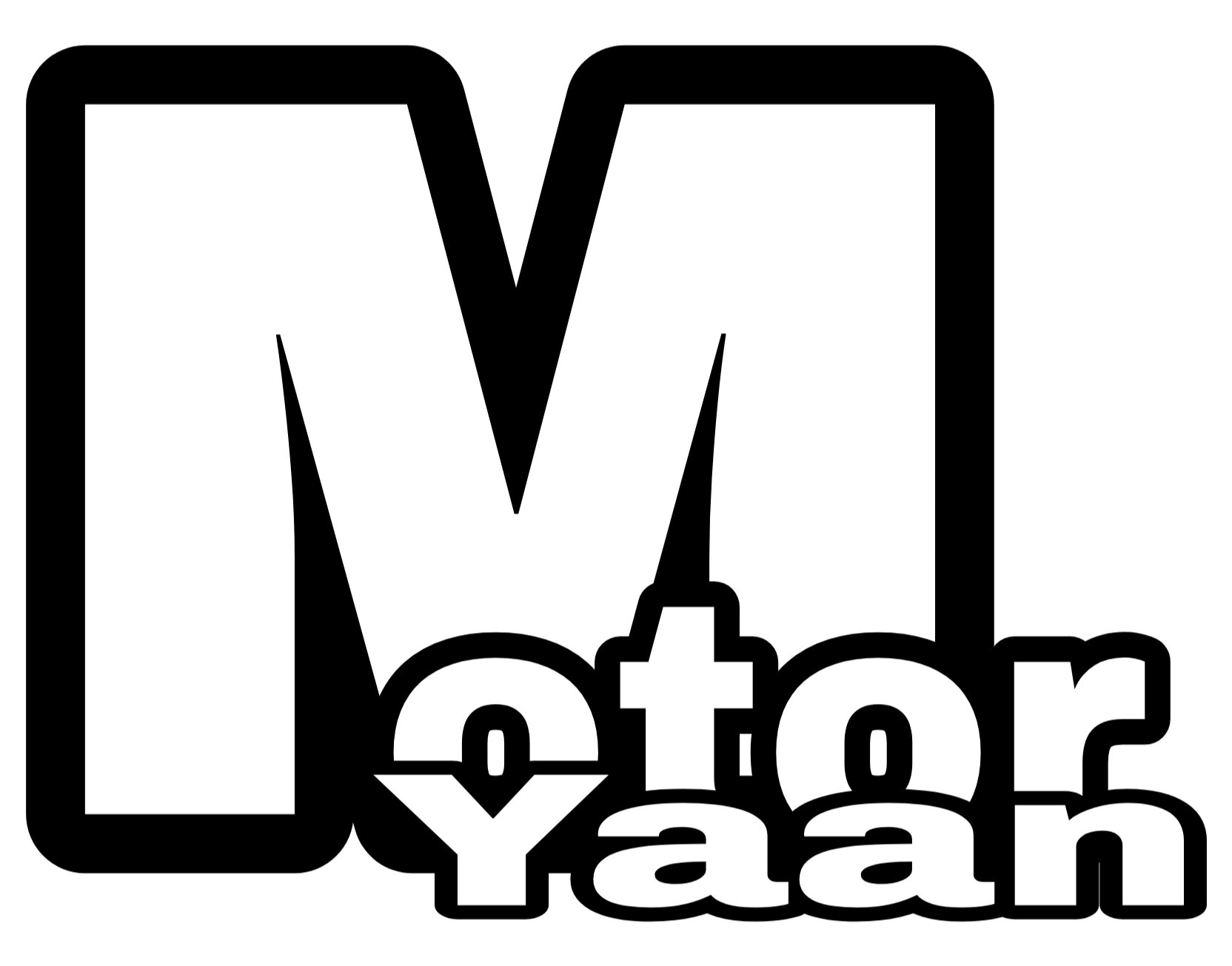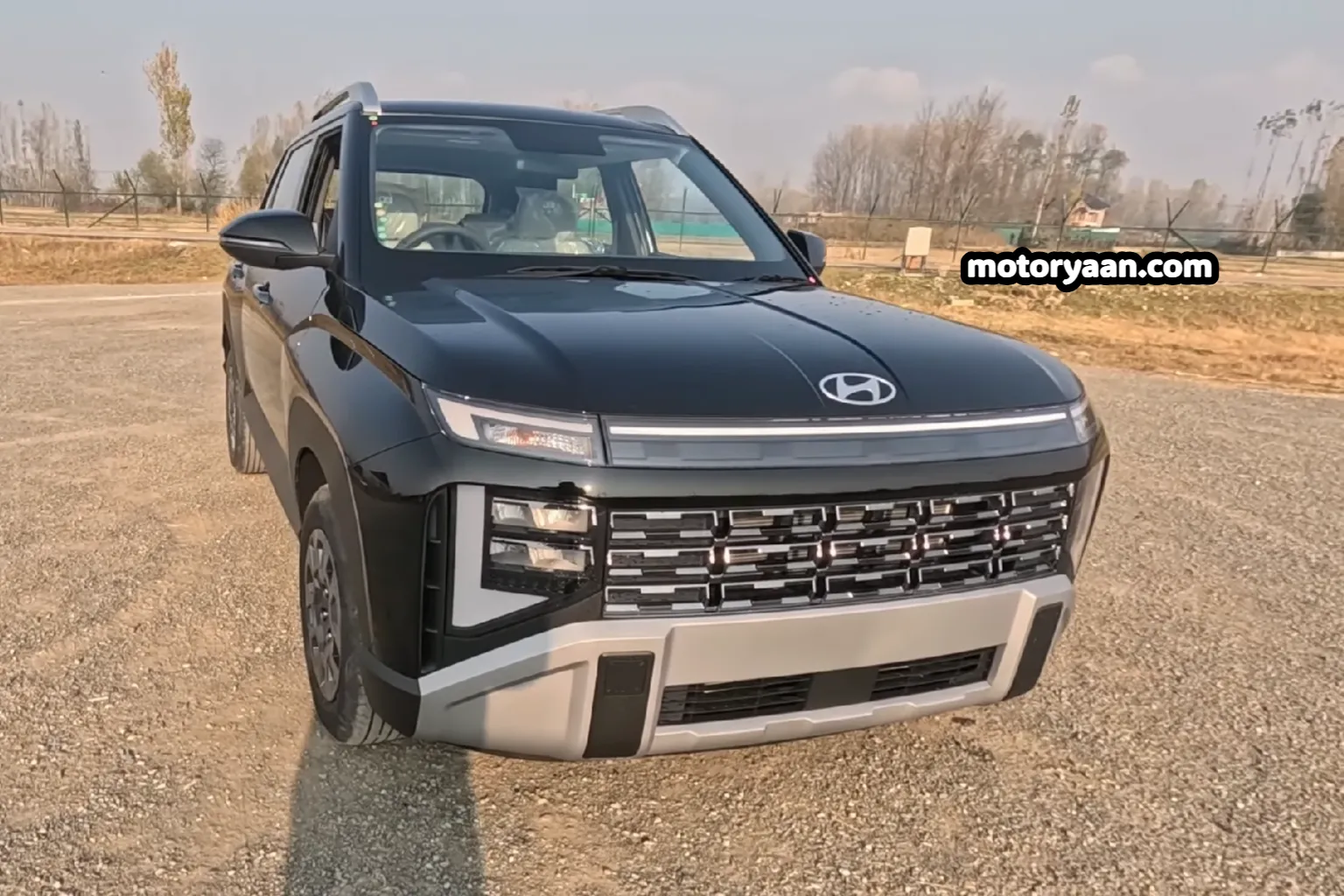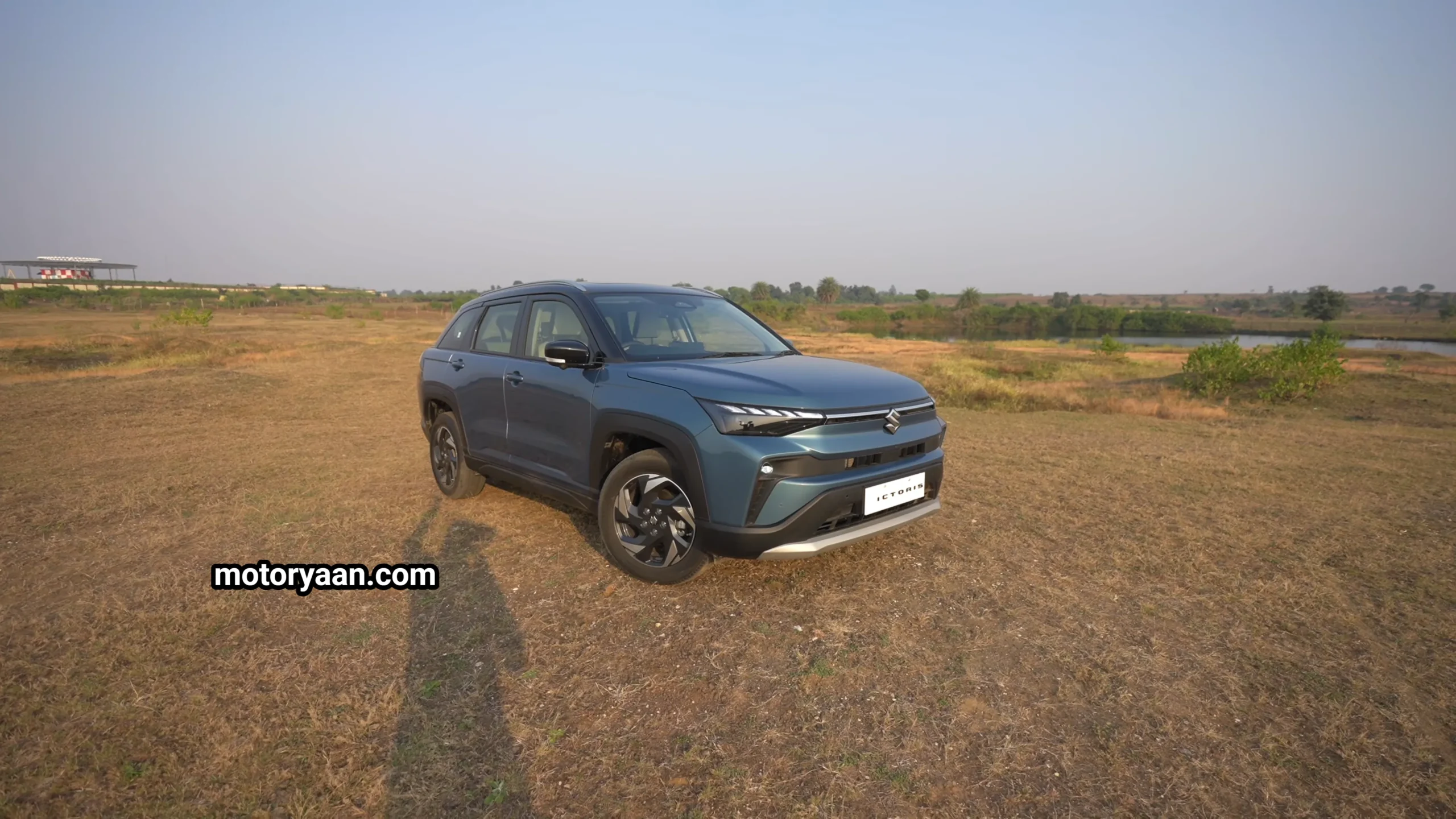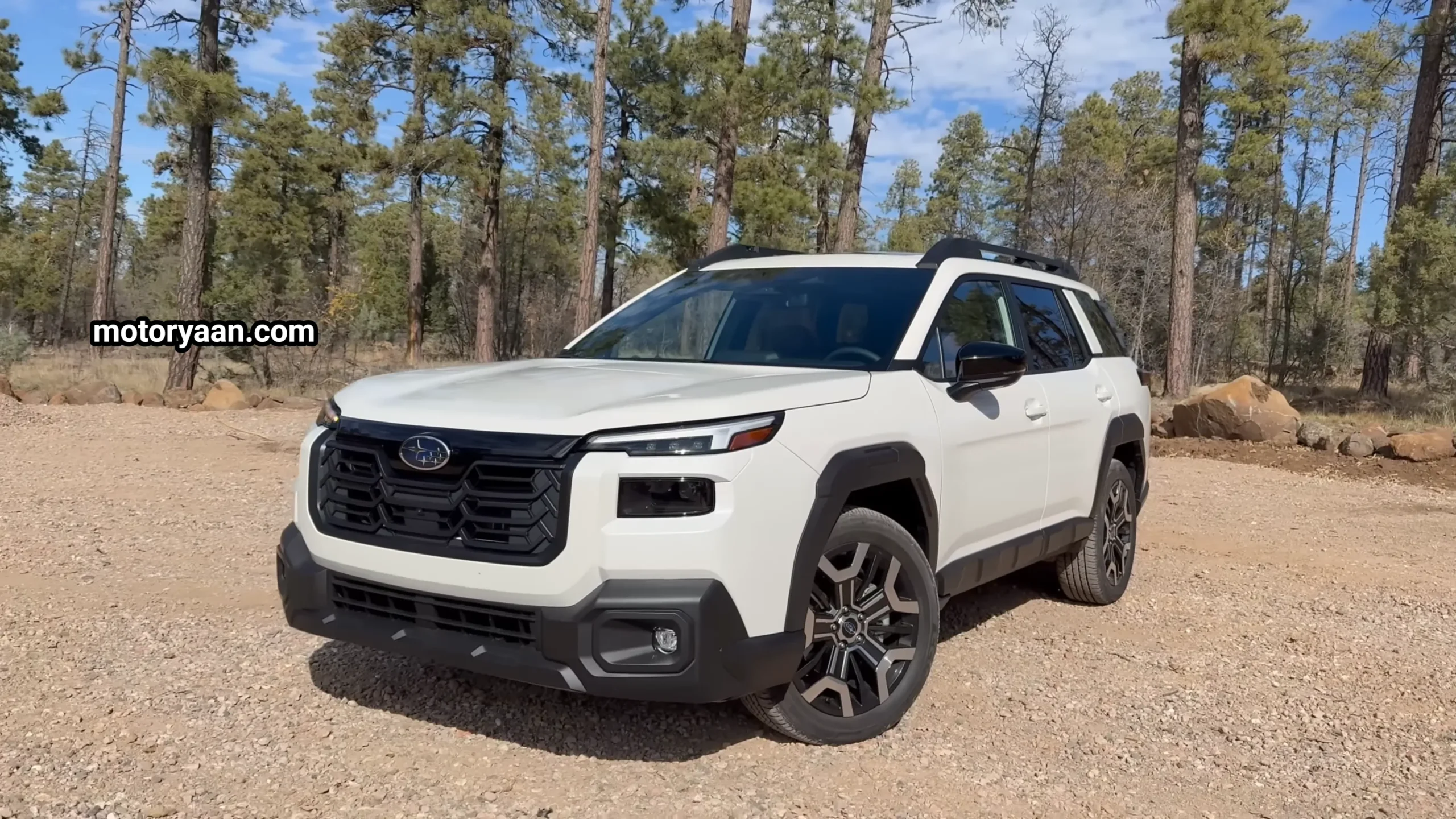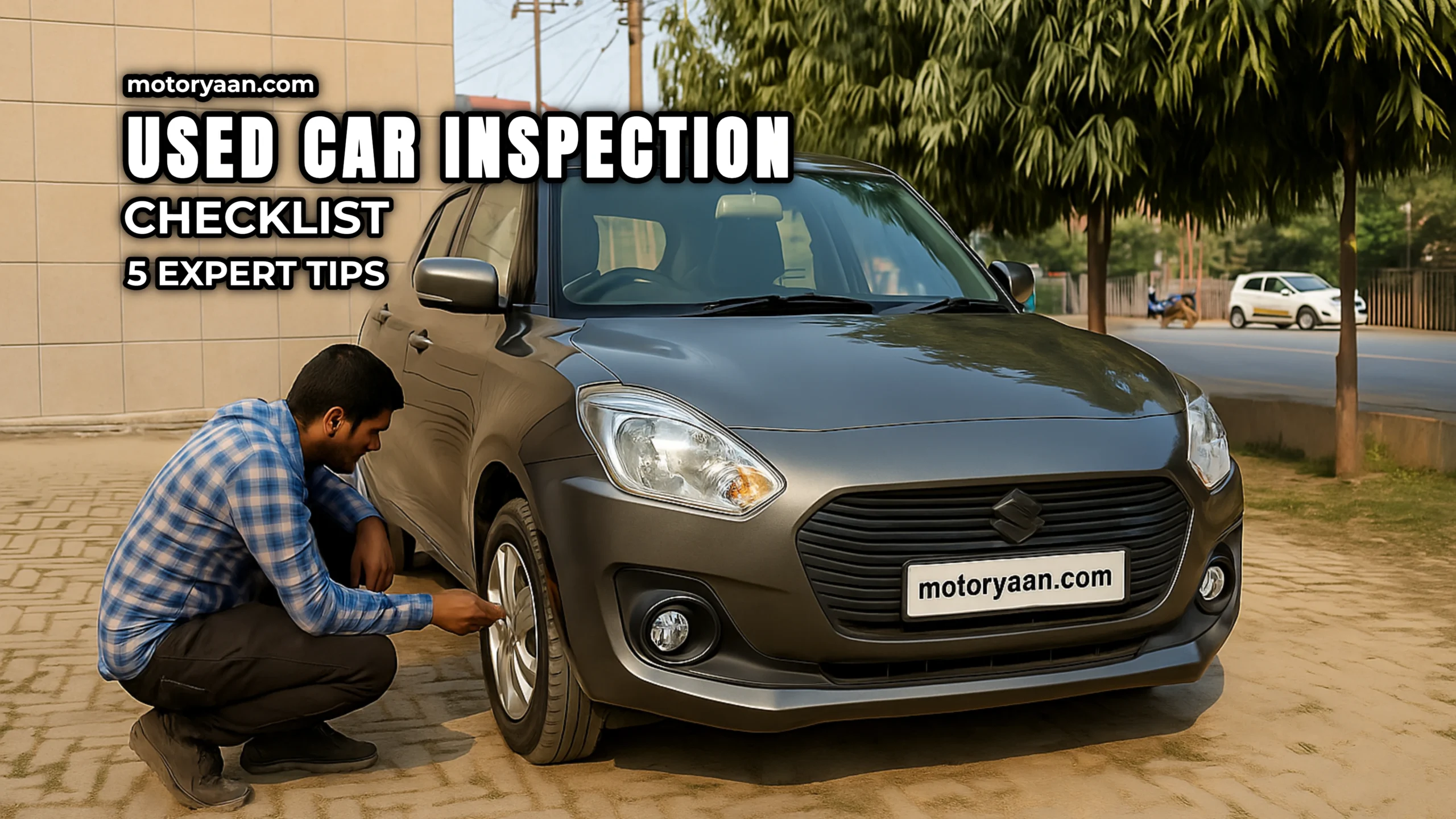Honda Tech Day Japan
Honda Tech Day in Japan, where we got an exclusive first look at Honda’s upcoming products and future technologies. During the event, we sampled the new Honda Prelude, experienced the Super One electric prototype, and explored Honda’s next-generation hybrid systems along with their Zero Series EV platform.
The day was highly disjointed with limited filming time, the nature of such preview events, but here is everything compiled clearly and concisely so you can understand what Honda is preparing for its global EV and hybrid future.
Honda Zero Series EV Platform – Rolling Chassis Explained
We began with a detailed look at the Honda Zero Series platform, showcased through its saloon model (first seen at CES and later at the Tokyo Motor Show).
Ultra-Low Height & Interior Packaging
The saloon stands under 1.5 metres.
Typical EVs raise cabin floors due to battery height, compromising legroom.
Honda claims its aluminium battery frame is extremely thin, avoiding intrusion into cabin space.
Battery chemistry remains unspecified, though Honda has confirmed LG partnership for North America.
No Front Trunk (Frunk) – Even on SUVs
Despite large under-bonnet space, Honda says none of its EVs will have a frunk, including SUVs, a curious omission compared to Tesla and others.
New Front Motor Design for Crash Safety
The new front motor is engineered to collapse underneath the vehicle during a frontal crash.
This protects the battery pack, reducing risk of thermal runaway (especially critical for NMC batteries).
Side impact protection around the battery is also heavily reinforced.
Rear Packaging Concerns
Storage space beneath the boot isn’t deep like a Tesla Model Y.
Air suspension is fitted on the display chassis, but Honda hasn’t confirmed production use.
Honda’s EV journey has been slow, but this platform shows a serious move toward competitive electric vehicles.
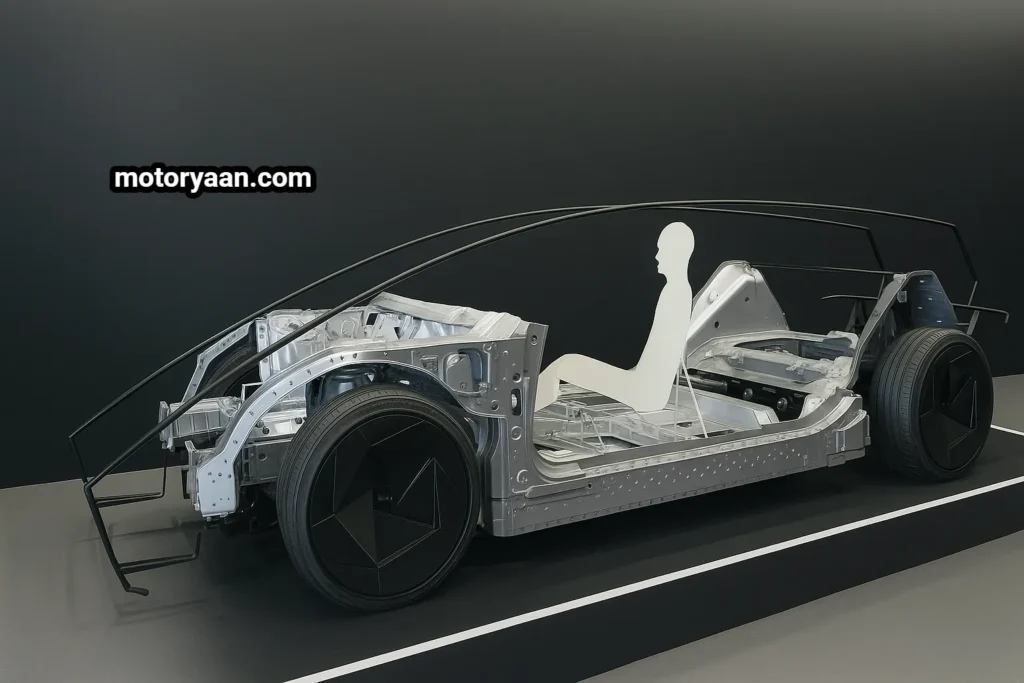
Honda Prelude Prototype – First Drive Impressions
Honda officially showcased the new Honda Prelude hybrid, coming to Australia next year. Here are the highlights.
Key Specs & Hardware
Engine: 2.0L Atkinson-cycle petrol (from the Civic)
Hybrid System: Dual-motor setup with an ECVT (not belts and pulleys) and a 1 kWh battery
Suspension: Dual-axis front suspension from the Civic Type R
Brakes: Brembo brakes
Track: Wider than the Civic for better stability
Design
The Prelude looks fantastic in its off-white colour, with coupe-like styling and a sporty rear. The cabin includes GT, Comfort, and Sport drive modes plus adaptive damping.
Driving Experience
Since filming while driving wasn’t allowed, here are the impressions:
Combined output of around 150 kW and 300 Nm torque
Minimal torque steer thanks to Type R dual-axis suspension
Eight simulated stepped gears in S+ mode with rapid upshifts and downshifts
Steering feels precise with decent body-control
Not extremely quick in a straight line, but engaging as a “slow car you can drive fast”
This is not a Civic Type R alternative; it’s a fun, balanced hybrid coupe that should shine on twisty roads.

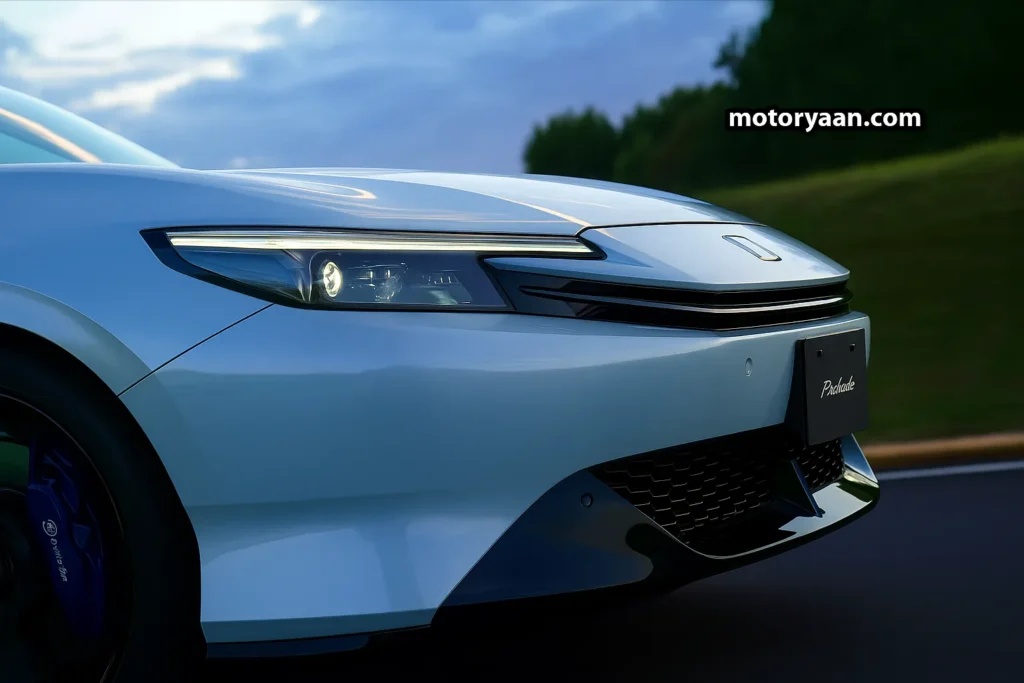
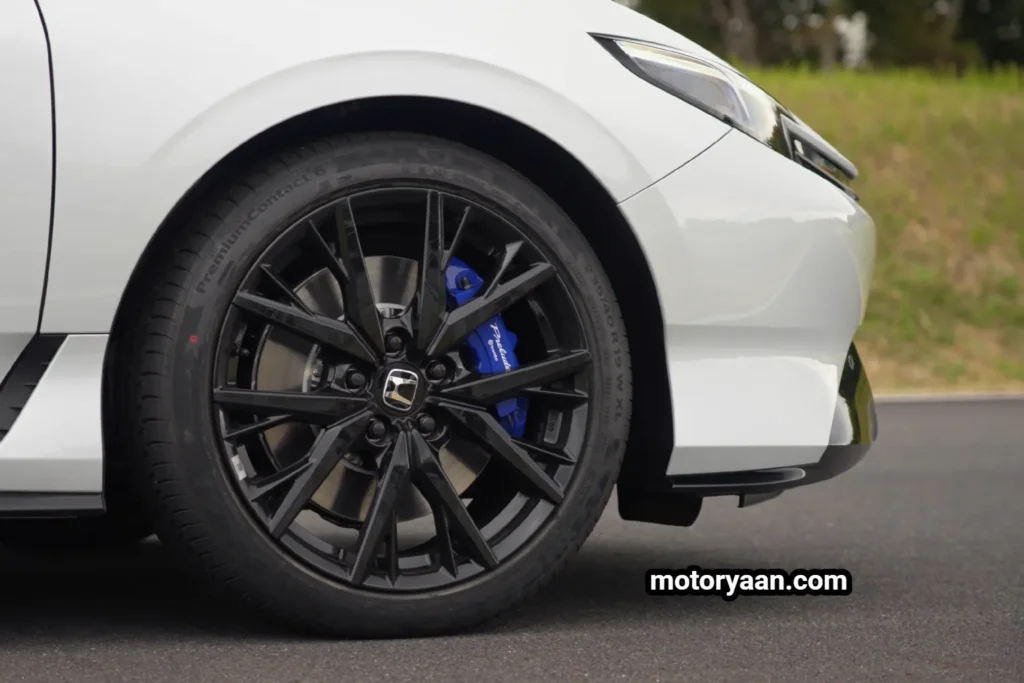
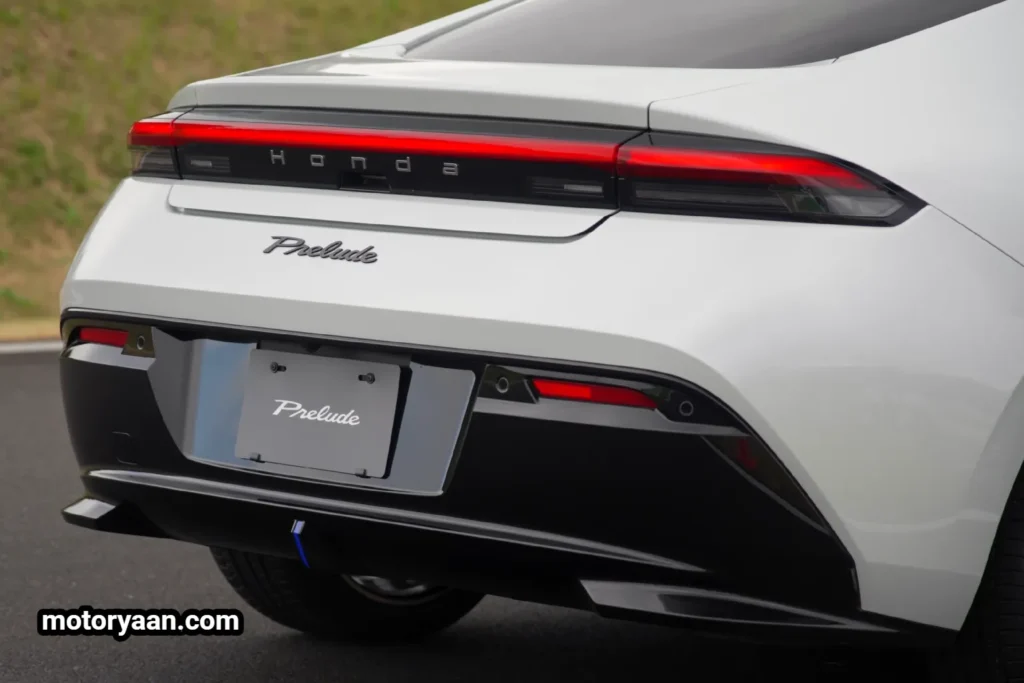
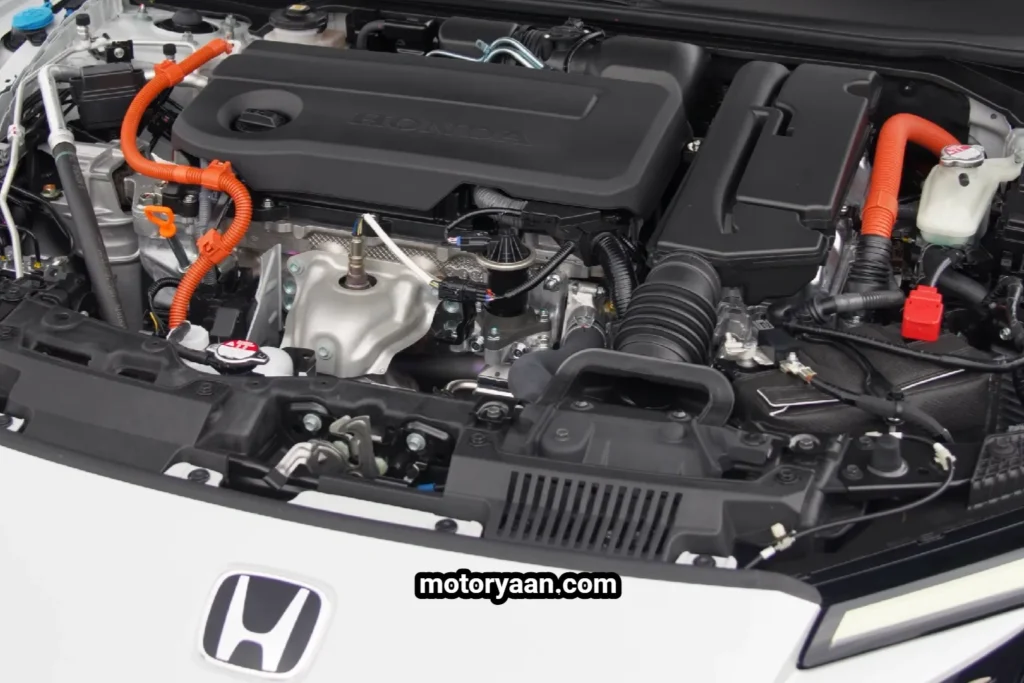
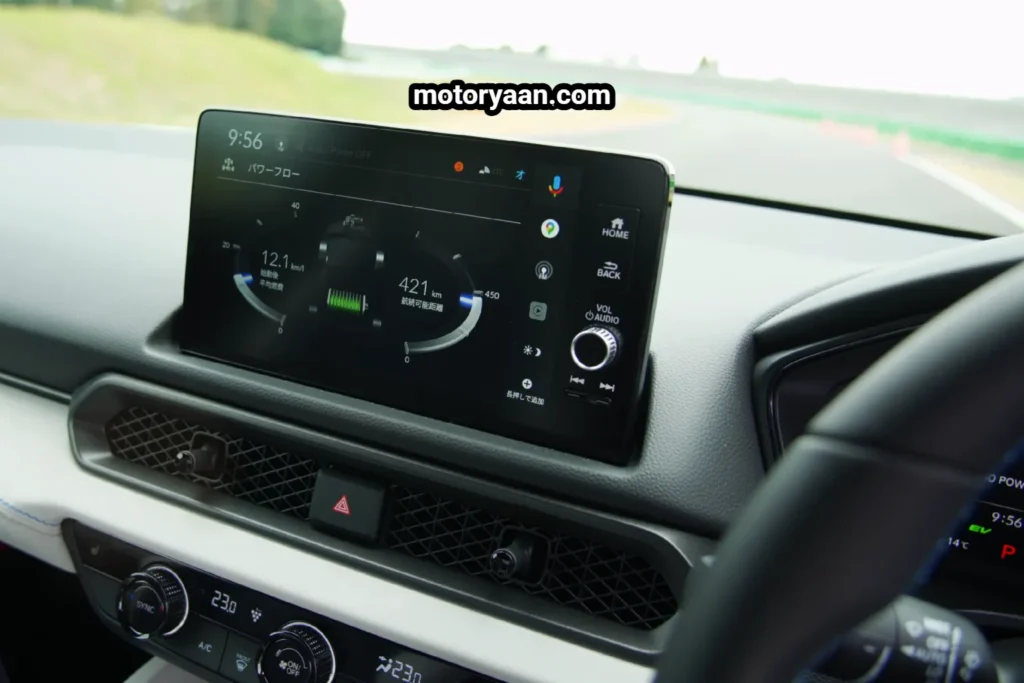
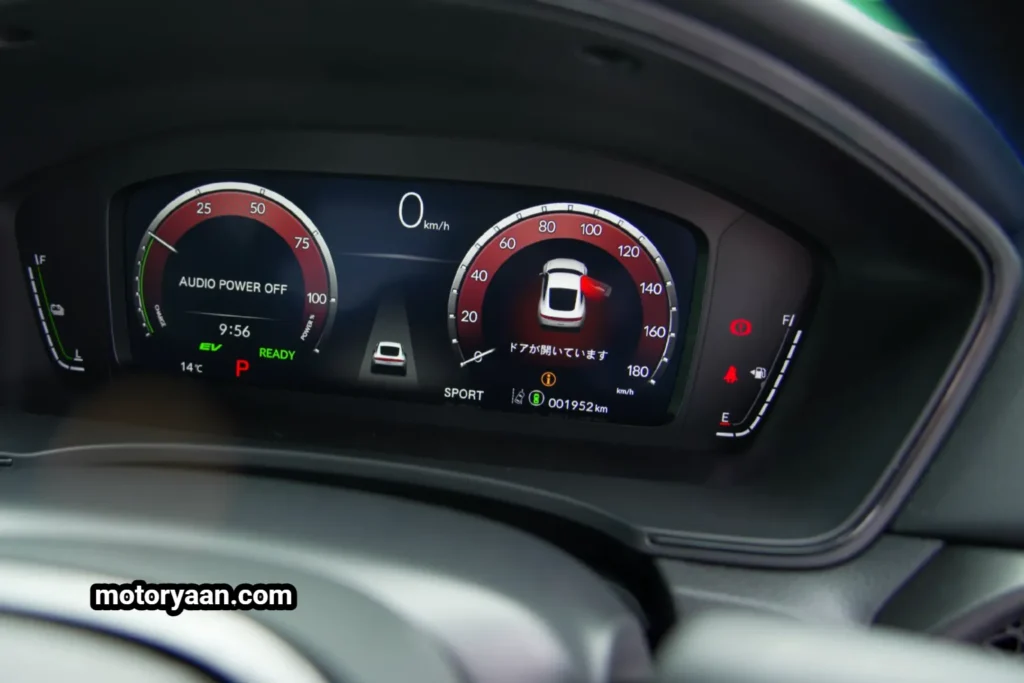
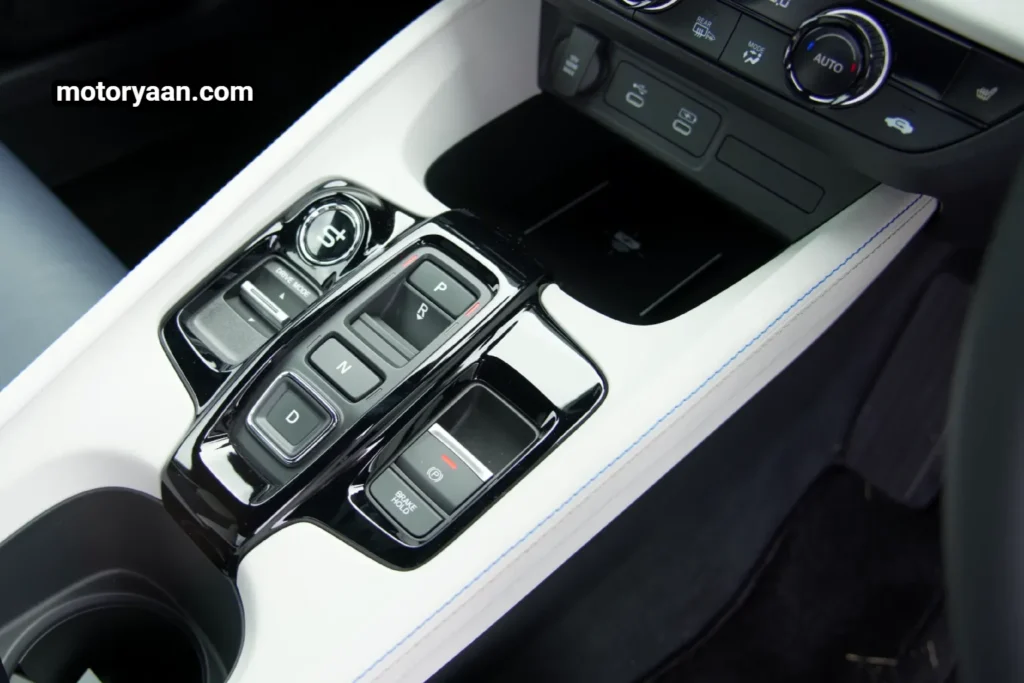

Honda’s Upcoming Large-Size Hybrid Platform – V6 + E-Axle
Honda also revealed a new hybrid system for large vehicles, mainly targeting the North American market.
System Overview
V6 petrol engine paired with a hybrid system
Rear E-axle for electric AWD
Front axle can operate in direct drive, aiding towing and efficiency
Designed for:
Towing capability
Light off-roading
Improving fuel economy for large SUVs and trucks
Honda sees this system as a stepping stone from hybrids to full EVs. Although unlikely for Australia initially, it may appear in future global Honda products.
Honda CR-V Plug-In Hybrid (China-Only Model)
We also saw the CR-V plug-in hybrid, exclusive to China.
Key Specs
Battery: ~20 kWh
Motor: 135 kW electric motor
Engine: 109 kW petrol
Torque: 400+ Nm combined
Range: Under 100 km EV
Charging: Up to 7 kW AC
Drivetrain: Front-wheel drive only
Interior and boot packaging are surprisingly good, with a flat floor and minimal compromise compared to the standard CR-V.
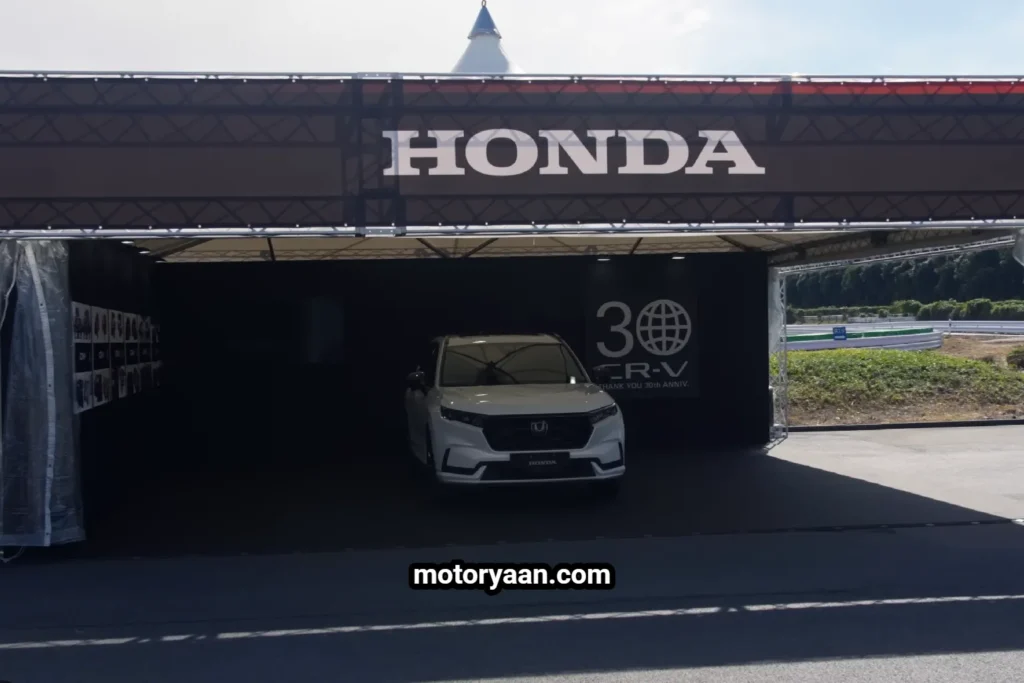
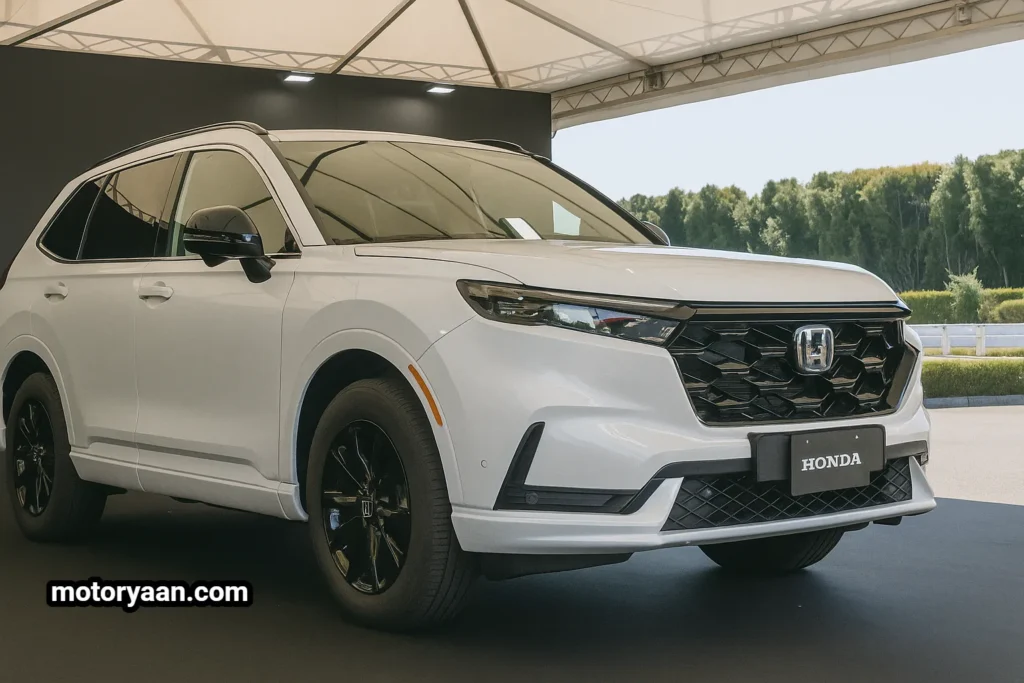
Next-Gen Hybrid Prototype – New ECVT With Simulated Gears
Next, we drove a prototype vehicle wearing a strange Civic-like body, designed to showcase Honda’s next-gen hybrid system featuring:
6-Axis Motion Control (ICU)
This system integrates vehicle motion sensors to adjust handling and stability.
Simulated Gear Shifts & Exhaust Note
Even in normal mode, the hybrid shifts gears like a conventional automatic.
In manual mode, you can shift using paddles.
It makes burbling sounds similar to a dual-clutch.
Engineers hinted this system could work with turbocharging, meaning future Type R models may get hybrid assistance with instant electric torque and reduced turbo lag.
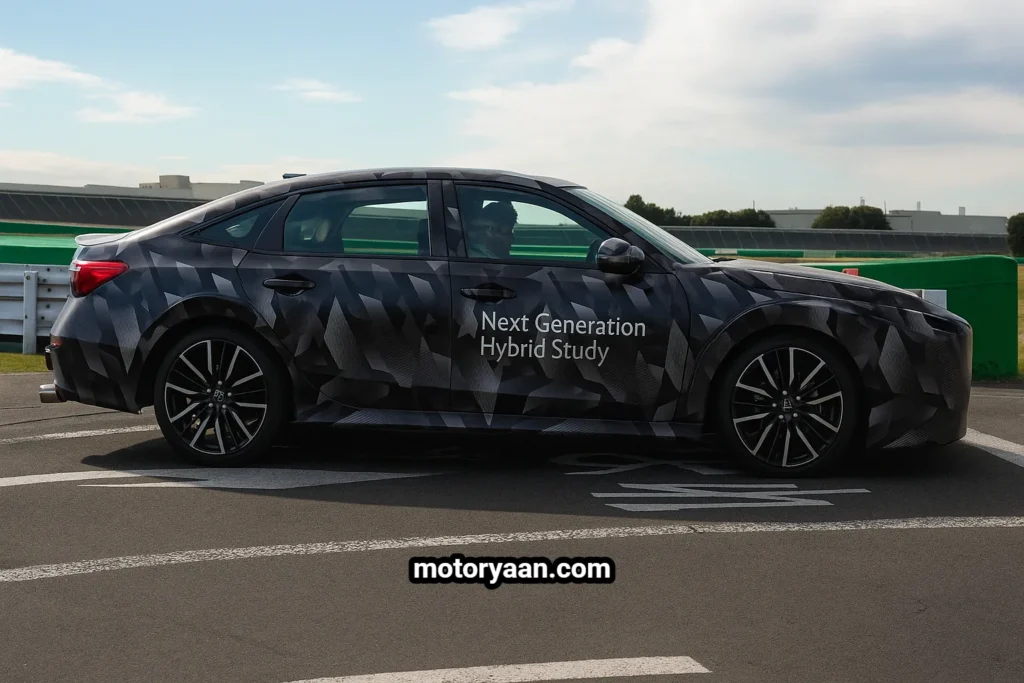
Midsize Hybrid Platform Chassis – Structural Improvements
We also examined the midsize platform that the new hybrid system will use.
Key Improvements
Lower centre of gravity for better handling
Hybrid battery relocated under rear seats (previously in the boot)
More cargo space
Enhanced crash safety and reduced noise
More flexible structure for sedans and SUVs
This platform is nearing production readiness.
Honda Step WGN (Step Wagon) – A Shockingly Affordable Family MPV
The Honda Step Wagon was another surprise:
Available as hybrid or internal combustion
Hybrid uses a detuned version of the Civic’s system (135 kW electric, 107 kW ICE)
Base model price: around USD $30,000 in Japan
Spacious, practical cabin and family-friendly layout
Cars are shockingly affordable in Japan due to more flexible design and road regulations compared to markets like Australia.

Honda Super One – The Fun-Sized Electric Prototype
This was one of the most exciting vehicles of the day, the Honda Super One prototype, based on Japan’s K-car but wider and sportier.
Design & Features
Flared wheel arches
Wider track
Modern cabin with dual screens
Stepped gear simulation
Boost mode with sound + cabin vibration
Paddle shifters
Sticky tires for improved grip
Driving Experience
In Boost Mode:
Delivers great torque for its size
Plays engine sounds inside the cabin
Downshift blips
Feels nimble, fun, and very playful
Low centre of gravity keeps it stable despite its tiny footprint
Engineers say the power difference between this and the K-car version (~47 kW) is like jumping from a 4-cylinder to a 6-cylinder car. It isn’t super fast, but definitely not slow.
Australia Launch?
It is coming to Australia, but pricing will be the deciding factor. If priced too high, it will struggle against Chinese EVs.
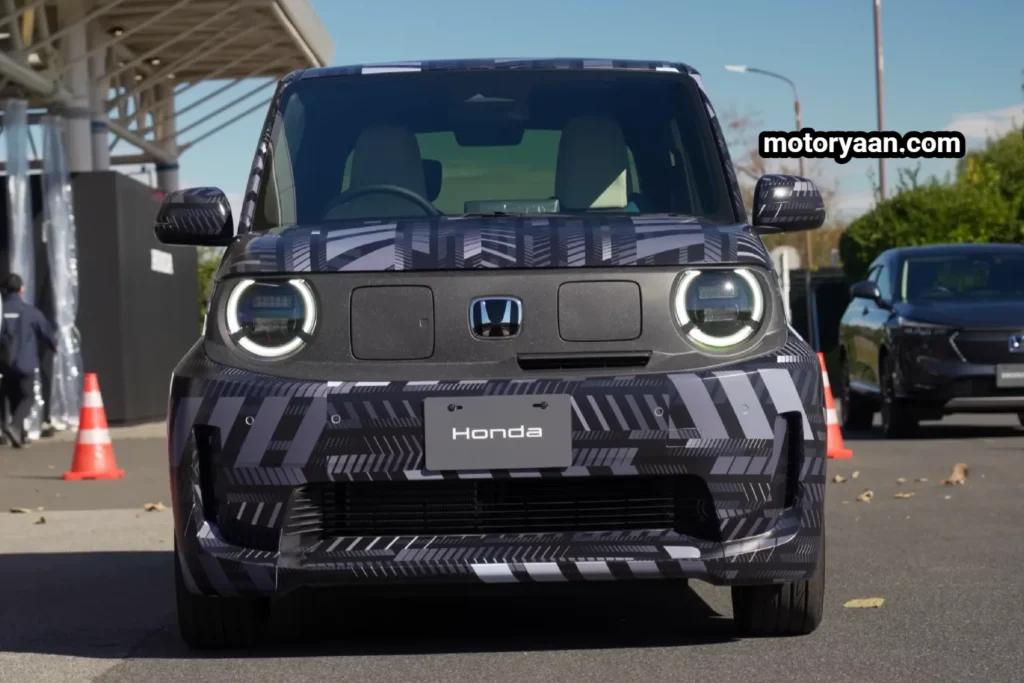
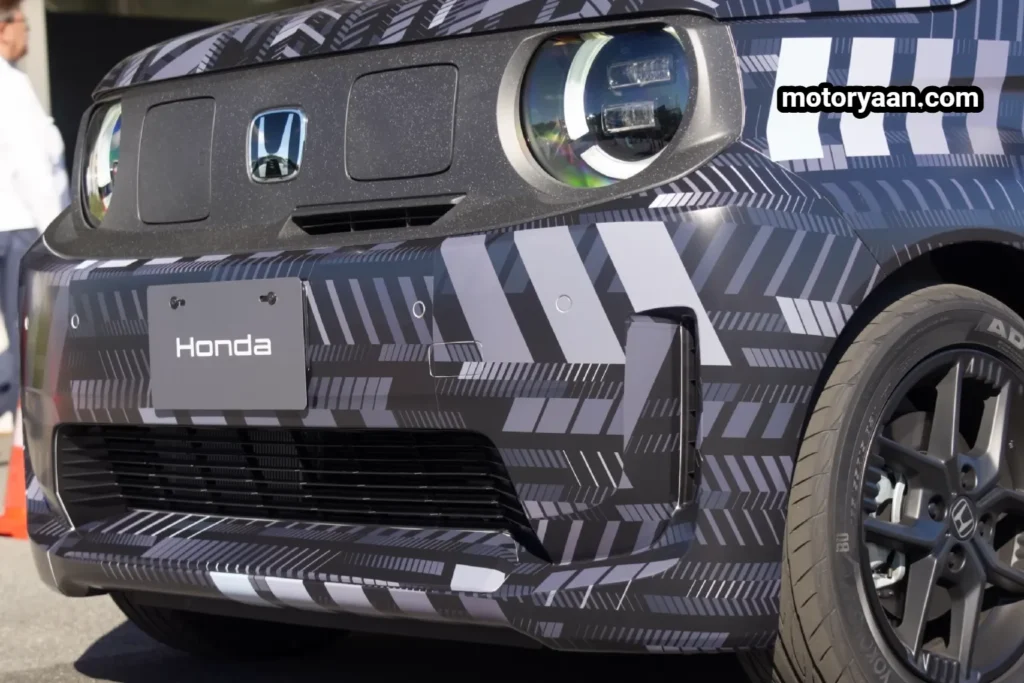
Conclusion: Honda’s Future Looks More Exciting Than Ever
Honda Tech Day offered a rare, comprehensive look into Honda’s next-decade roadmap:
Zero Series EVs with innovative packaging
New Prelude bringing hybrid performance with Type R dynamics
Next-gen hybrid tech with simulated gears and possible turbo integration
Step WGN and CR-V PHEV showcasing practical hybrid applications
And the playful, unique Super One EV prototype
Honda is finally accelerating into the EV and hybrid era, blending engineering creativity with driving emotion, a direction fans will appreciate.
Frequently Asked Questions – Honda Tech Day Japan
What is the Honda Zero Series EV platform?
The Honda Zero Series EV platform is Honda’s next-generation electric architecture featuring ultra-thin battery packaging, improved crash safety, and optimized interior space. It will underpin future Honda EVs including saloons and SUVs.
Does Honda’s new EV platform include a front trunk (frunk)?
No. Honda confirmed that none of its upcoming Zero Series EVs, including SUVs, will have a front trunk despite having space under the bonnet.
What are the key features of the 2024–2025 Honda Prelude hybrid?
The new Honda Prelude uses a 2.0L Atkinson-cycle engine, dual-motor hybrid system, ECVT, dual-axis front suspension from the Civic Type R, Brembo brakes, and adaptive damping. It produces around 150 kW and 300 Nm.
Is the new Honda Prelude fast?
The Prelude is not extremely fast in a straight line but is designed as a balanced and engaging hybrid coupe. It features simulated stepped gears, minimal torque steer, and excellent cornering capability.
What is Honda’s new large-size hybrid system?
Honda showcased a new hybrid system for large SUVs and trucks featuring a V6 engine paired with a rear E-axle for electric AWD, towing capability, direct drive on the front axle, and improved efficiency.
What are the specifications of the Honda CR-V plug-in hybrid?
The CR-V PHEV (China-only) features a ~20 kWh battery, 135 kW electric motor, 109 kW engine, over 400 Nm combined torque, under 100 km EV range, and 7 kW AC charging. It is available only in FWD.
What is special about Honda’s next-gen hybrid system?
The next-gen hybrid system includes 6-axis motion control, simulated gear shifts, manual paddle shifting, and a sporty exhaust-like sound. Engineers suggest it may work with turbocharging in future performance models.
What improvements were made to Honda’s midsize hybrid platform?
The midsize hybrid platform features a lower center of gravity, relocated battery under the rear seats, improved cargo space, stronger crash protection, reduced noise, and enhanced flexibility for sedans and SUVs.
What is the Honda Step WGN and why is it popular?
The Honda Step WGN is an affordable family MPV in Japan, available as a hybrid or petrol model. It offers a spacious cabin and starts at around USD $30,000, making it excellent value for families.
What is the Honda Super One EV prototype?
The Honda Super One is a fun, wide-track electric microcar based on a K-car platform. It features dual screens, stepped gear simulation, boost mode, paddle shifters, and sporty handling with great torque for its size.
Will the Honda Super One EV come to Australia?
Yes, Honda confirmed that the Super One is coming to Australia. However, its success will depend on pricing due to strong competition from Chinese EV models.
